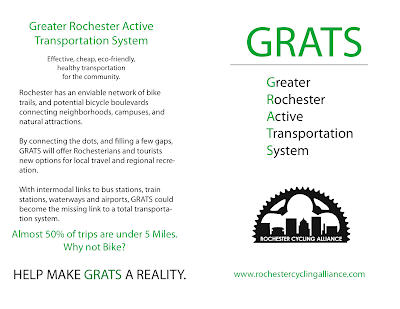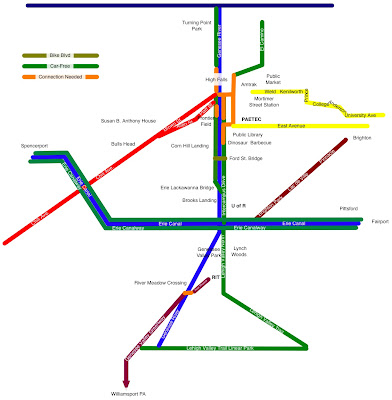Mostly, I just wanted to hightlight the GRATS idea with the article below that I have posted in various venues–and to mention that I hope the next meeting of the RCA includes some time devoted to communications–getting the word out about RCA’s mission alternative transporation as a real option in our area.
So, here’s the article:
Rochester bike commuting, the tipping point
Remember when you were a kid and used to watch water drops form? You’d stare at a point where a water drop was building, then after a while a tipping point would be reached and the drop would, well…, drop. Magic didn’t cause it; it was physics and surface tension and (not to bore you) things were building up.
Something like that is occurring in Rochester, NY on alternative transportation. Things are building up. 1. The public’s desire to do something about Climate Change. 2. Rochester, NY’s location at the confluence of several major off-road trails. 3. Many influential organizations willing to work together to solve the transportation conundrum facing us. 4. A five-mile direct trail from Rochester Institute of Technology, Genesee Valley Park, the University of Rochester, and downtown Rochester. All of this is coming together in a new concept by Professor Jon Schull, interim Director, Center for Student Innovation at Rochester institute of Technology. The concept is called GRATS: Greater Rochester Active Transportation System.
Here’s the skinny on the GRATS project: “Rochester has an enviable network of bikeable and walkable trails and boulevards that connect neighborhoods, campuses, and natural attractions. Connect the dots and a few gaps, and give Rochesterians, visitors and businesses new options for local travel, regional recreation, and economic development. With intermodal links to bus stations, train stations, waterways and airports, GRATS gives us a sustainable transportation system. Over half of our trips are under 5 miles. Why not bike? Why not walk? HELP MAKE GRATS A REALITY.” GRATS.
What’s compelling about GRATS is the map. Instead of the usual busy road/bike map, you see a lean, instantly comprehensible grid that conveniently intersects our community north, south, east, and west. You spot your house, your job, or your local grocer and you see how close you are to GRATS. You and GRATS will get you to those important short distances without polluting the planet or costing you an arm or a leg.
Of course, there will be much resistance to the kind of changes needed to seriously change direction on transportation and mitigate its effect on our environment. Some resistance will come from those of us disinclined to change our driving habits. It’s convenient to simply hop or jump into our car and buzz down the road. But the personal fossil fuel vehicle is expensive. The sticker price is only a fraction of the cost of a car. You have to ask yourself: How much did your vehicles cost? The second car? How much does it cost to run it? How much of your taxes go for the upkeep of the infrastructure for your vehicle? How much for insurance? How much do you pay to park? Repairs? Inspection? Insurance? Accidents and deaths? How many jobs do you work to pay for your vehicle? Subsidies to the oil industry? What if gasoline prices start to reflect their true cost—some say $10 per gallon?
More resistance will come from the car and fossil fuel industries. They’ll feel threatened by a public willing to forgo the car for the bike, though that’s a great big hypocrisy: When you’re an employee and your job is being replaced by outsourcing or by new technology, they tell you to get over it. Get retrained and deal with it. But if you are an industry that pollutes and compromises our environment, they don’t succumb to reason and deal with it, they hire lawyers to fight it. They spend a zillion bucks on advertizing and influence peddling to convince you and your representatives that life without a car is unthinkable.
So, what’s the tipping point? What will it take for us to adopt an alternative transportation system like GRATS? What about bicycling in winter? What about getting sweaty and going to work? What about bike storage? The answer is: The tipping point is you. Get involved. Go to Rochester Cycling Alliance and chime in.
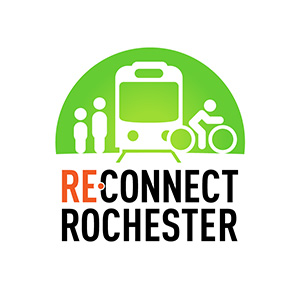
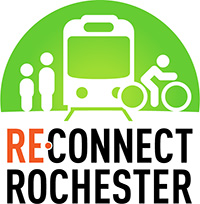
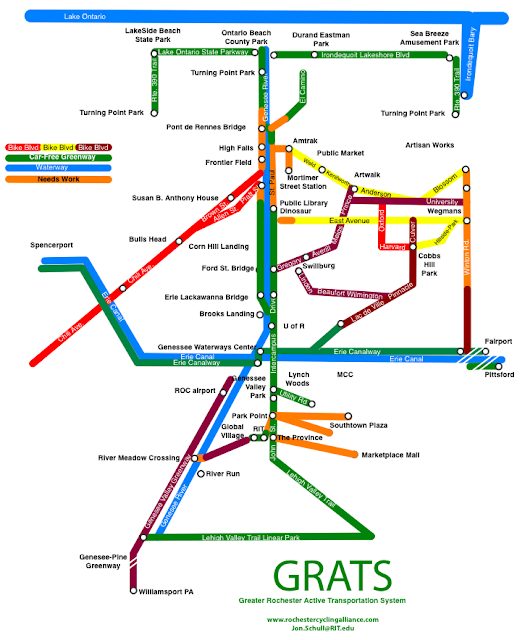


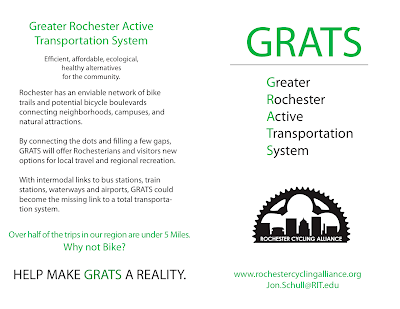


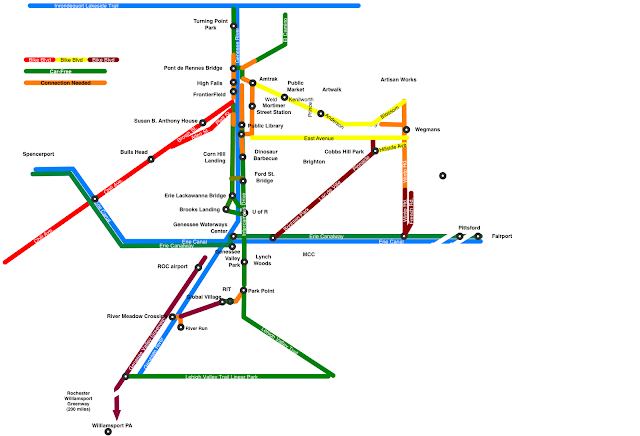

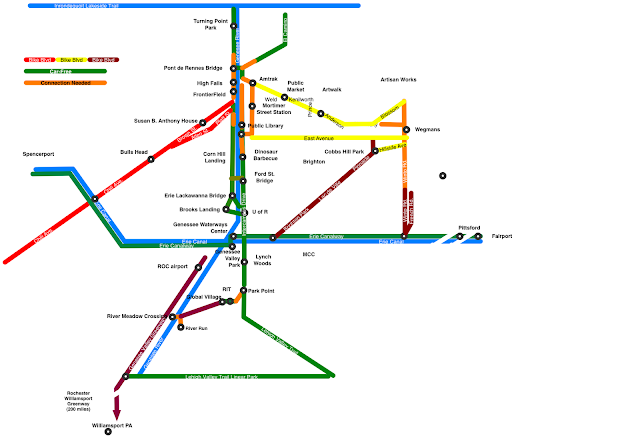
![The Federal Transit Administration announced Thursday that Charlotte was one of six U.S. cities to get streetcar grants. One-half mile of track is already in place on Elizabeth Avenue near uptown. [PHOTO: TODD SUMLIN - tsumlin@charlotteobserver.com]](http://www.rochestersubway.com/images/photos/charlotte-streetcar.jpg)
